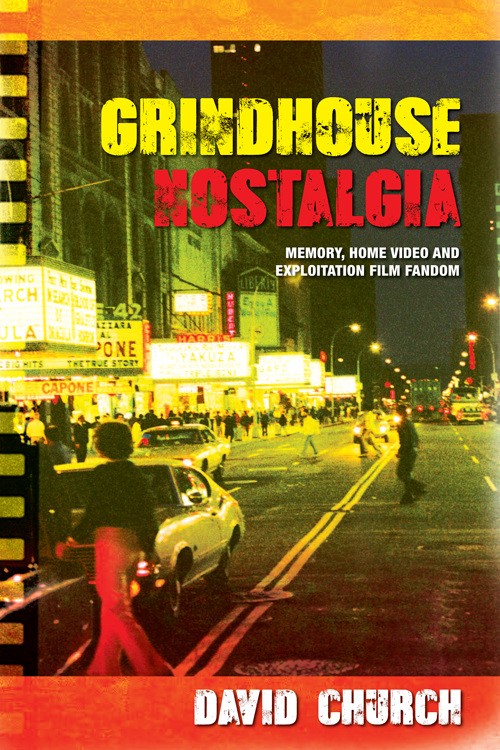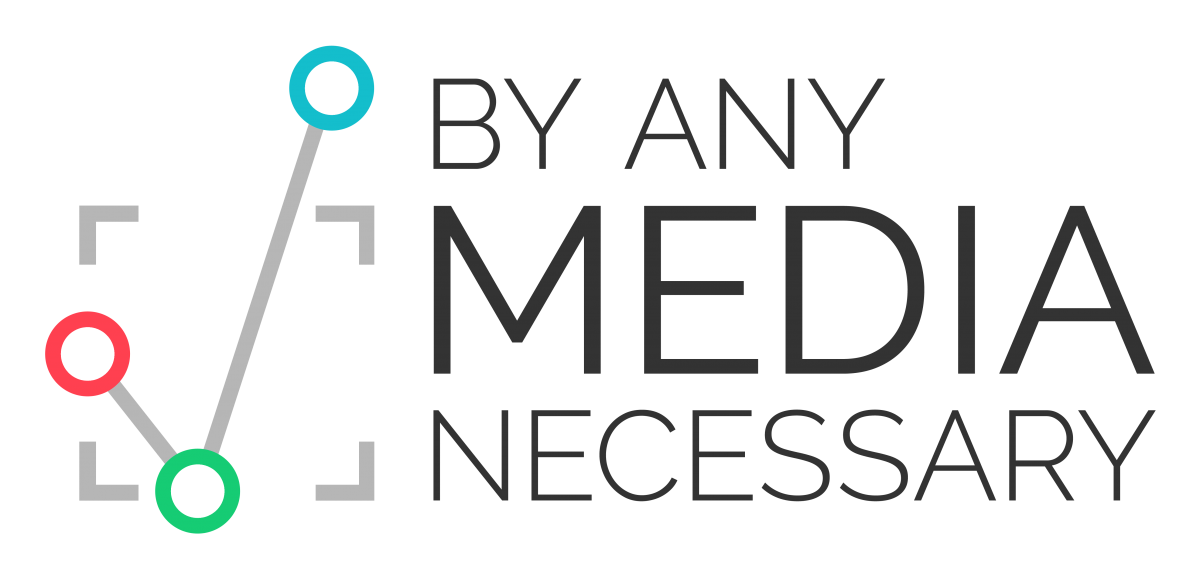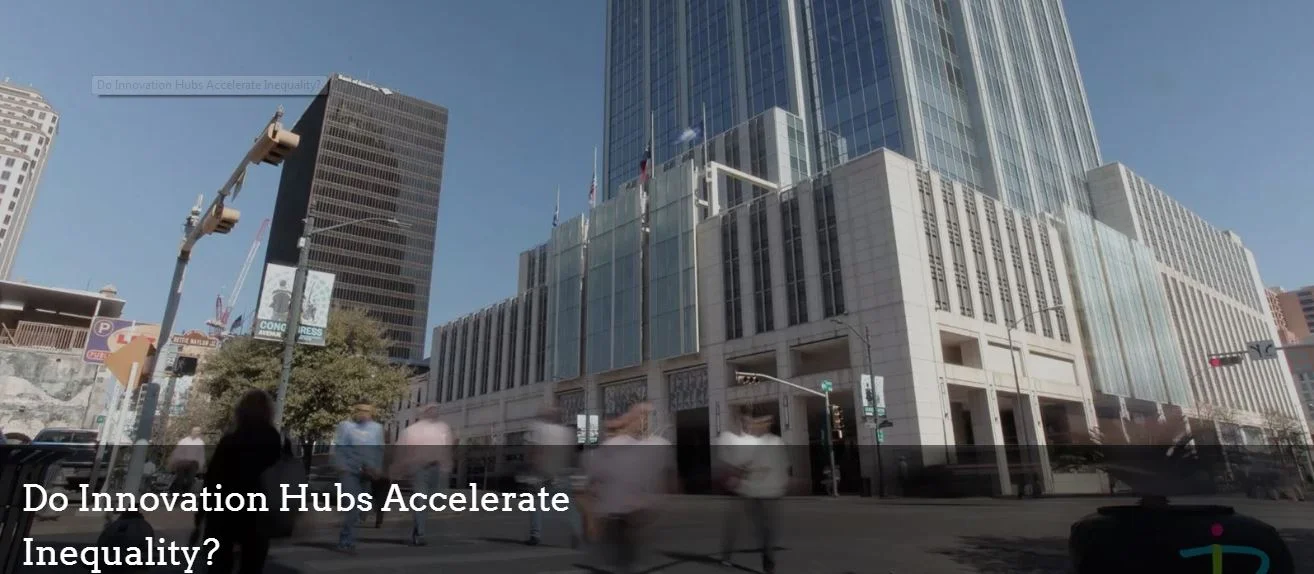Participatory Politics in an Age of Crisis: Suzanne Scott & Camilo Diaz Pino (Part II)
/Camilo
Hello Suzanne! Your work sounds fascinating, and to my mind part of a very productive and necessary set of debates in fan/audience studies going on at the moment -- particularly with regard to the shifting position of fandom itself as a point of identity and community, and the ways in which fandom has grown to be treated (both academically and by the lay community) as an analogue for other kinds of identity politics. I believe the potential overly-reverential pitfalls of fan studies will always be something the field has to contend with to some extent, given both the general trivialization of the subject, as well as the fact that we naturally tend to want to study things we see as “worthy” of analysis, and therefore often also vindication.
There is also the issue that, while sometimes denigrated, pop culture scholarship can lend itself sometimes too easily to an acceptance of (and integration within) market logics, and a revelling in our own aca-fandom. During SCMS this year I indeed remember several presentations that too easily set aside more critical engagements with market logics in favour of concentrating solely on the vindicatory possibilities of fan activity. The problem to my mind with such analyses is that they only look at half the process, ignoring the structural in the face of anecdotal novelty or promise. A lot of this could be shaped by the standard conference format of course.
Taking into account my own interests in fandom of Asian media in Latin America as a site of articulation for ongoing popular political activism, I’m interested in your take. To what extent can we contextualize contemporary fannish (and other popular) activity within a political and structural field that seems at once fully consolidated within a neoliberal ideoscape, but which likewise manifests such radical fractures as that of the growing tide of neo-fascism and the Green New Deal?
Suzanne
I understand the impulse to want to focus on moments of activism, or the potentialities of what Henry calls “cultural acupuncture,” and the politically progressive promise of fandom more generally right now. However, we are in firm agreement that these sorts of studies need to remain mindful of how market logics can limit or ultimately strive to incorporate these efforts. If anything, I think both fans and fan scholars have historically been fairly critical of these trends, particularly in recent years within growing bodies of literature on fan labor and self-branding. Neoliberalism and commodity activism seems to be a recurring theme in the conversations in this series thus far, and your turn of phrase “popular political activism,” certainly evokes Sarah Banet-Weiser’s recent theorization of popular feminism and misogyny for me.
With that said, one enduring facet of fandom and fan studies is an emphasis on community, so there are also foundational ties to collective action that might be productively (re)activated in our conversations about the potentialities of fandom as a space for political activism. Fandom is also full of its own forms of “radical fractures,” admittedly with much lower sociopolitical stakes. Abigail De Kosnik gave an amazing keynote at the Fan Studies Network Conference in 2018 that brilliantly explored this idea via an extended metaphor that framed the current political climate as a “fan war,” with the “show” at the center of this conflict being the United States of America. While it would be glib to say we can wholly understand the “radical fractures” of the far right and left you’re identifying just because we’ve lived through a particularly vicious Harry Potter shipping war, I definitely think De Kosnik is onto something about how we might wield the tactical lessons learned within fan culture to more explicitly political ends. So, I might flip your closing question on its head, to suggest we consider how we might contextualize our contemporary political moment or movements within our experiences from fan culture as well.
Our personal narratives inevitably inform the work that we do and our motivations for doing it, and unquestionably my own lived identity and fan identity inform my research. I tend to focus on Western fans and media objects, which I recognize is limiting in that it conceptually avoids addressing the transcultural nature of fan culture and objects as well as global political trends. As your example about Palestinian activists advising BLM protesters powerfully suggests, I think it’s increasingly difficult to talk about these things in isolationist terms. So, I’d love to hear about the “continuity” or corollaries you envision between the transcultural fan networks you study and the transnational political activism you discussed in your opening remarks. How do we, as academics, ensure that the activist dimension of our work (whether as memory keepers or critical historiographers) has the most impact?
Camilo
The inversion of my last question you suggest is very interesting! In considering it, I think it offers some very fertile ground for both general cultural analysis, as well as a means through which we can (and should) interrogate our own social role as social scholars. Perhaps the most visible structural impact of fandom as a social phenomenon is the way in which it interjects into Roland Barthes’ notions of social myth-making. And while cultural products that penetrate widely (or deeply) in the popular consciousness can of course have a significant impact in our collective understanding of social structures, it is in the analysis of their popular circulation (and re-formation) that we see their true impact in and interaction with ongoing social processes. I believe the collective stage of social meaning making often typified in fannish activity is exciting to us precisely because of how “messy” it often is. And while so much of what is happening in those negotiations does reflect dominant power dynamics, just as much evidences a variety of exploitable schisms.
Like you, I am very interested in the often subtle ways in which the policing and challenging of social conventions is allegorized and deferred through objects of fandom. Indeed, what’s most fascinating to me with regard to the linkages between fan cultures, communal identity and the quotidian is precisely the ways in which things can seem like low stakes endeavors until they aren’t. That is to say, the ways in which seemingly innocuous debates and obsessions both speak to fundamental underlying social structures, as well as the ways in which they can be suddenly, deliberately, and intricately woven into contingent social debates and movements — mostly by popular subjects and collectives.
One of the phenomena I’ve encountered in my own studies of Asian media’s integration into Latin American popular cultures is in the less overtly “fannish” ways that affective relationships with media and cultural objects feed into popular imaginaries. My most recent publication on the subject involved the use of complex plot details from the anime Dragon Ball Z being used as the basis for a group of coordinated national protests by Chilean student groups seeking the abolition of for-profit education. What most surprised me about this protest was not the use of an anime show as a fulcrum for such activity in and of itself, but rather the fact that this use of its plot, characters and tone was so legible to the Chilean public at large, both as a reference and as a means of connecting the shows archetypal heroic narrative with the values and critiques of the anti-neoliberal movement. In this instance, this grassroots movement made often very detailed references that in other contexts are clearly understood as “fannish” communication and jargon. Nonetheless, the ways in which these references were being used to hail and mobilize the wider public wasn’t through the kind of devotional or subcultural fandom Asian media is read with in the Anglo-American cultural landscape. It indeed suggested a much more casual, quotidian treatment of these texts — less as devotional object than simply an element of established and assumed folk culture. In such examples, the fan object was there, but the more concrete fannish identities associated with it were so diffused as to be indistinguishable from the broader popular collective. It was fannish recognition without concrete fan identity. Such phenomena are interesting to me for the ways in which they suggest that we might need a broader base through which to conceptualize the “fan” in the wake of a global cultural field with interacting but diverse histories of community-formation and identification with (and through) popular cultural texts.
I am aware for instance that some scholars would argue that without conscious, self-identified fan-based communities, we can’t really think of the activities or identities involved in engagement with loved media objects as comprising fan behavior. I personally think that position is rather brittle. It hinges on reifying the most visible (and frankly, the most privileged) modes of pop culture engagement, often overlooking other processes which are no less significant. It makes sense to categorize as a means of achieving a coherent perspective of the field, but we should be careful not to set our analytical boundaries in ways that make us overlook what is actually going on in our efforts to make phenomena fit into prescribed definitions.
While personally I don’t think that focusing on Western media texts and popular phenomena is by any means a limiting factor to a broader or more integral perspective of how these function within wider social structures, I do think that there is a general problem of solipsism in the US cultural landscape that extends into our academic debates. It is in this same limitation that I see a blindness towards modes of popular engagement with media that fall outside the bounds of fandom at its most visible or mobilized — particularly from Western vantage points.
In my own very partisan opinion as a twice transplanted Chilean/New Zealander, one of the primary things we can do in order to be more effective scholars and advocates within a field that has grown increasingly aware of its own messy global dimension is to track the ways in which our own objects of study relate to ongoing phenomena elsewhere in the world. Those of us who examine media cultures outside the US and Europe have to maintain a perspective that integrates the ways in which our sites of study are affected by thes global powers. In contrast, Scholars focused in the US for the most part do not reciprocate. While this makes sense in many cases, it does tend to create blind spots if we want to develop a functional big-picture perspective — especially when we consider that US media forms are now being affected themselves by such formats as Japanese anime, Latin American telenovelas, and a bevy of Afro-Caribbean musical styles. In considering such processes, I see my role as that of advancing investigation into such linkages, and spreading awareness of them in the communities I integrate.
I’ve written for far too long here Suzanne, but to close out my side of things, I’d love to get your perspective of how you see the current field from your vantage point with respect to the broader pendulum of academic debate and our positioning as both scholars and instructors of media. How do you position yourself and your role as a scholar of popular interaction with and through media?
Suzanne
I love that you’re hitting on a lot of key points that have been at the center of productive shifts in fan studies in recent years (e.g. Lori Morimoto and Bertha Chin’s explorations of transcultural fandom, Rhiannon Bury’s call for us to conceptualize a “participatory continuum” rather than always focus on the most active or visible fans, etc.). These efforts are also expanding and complicating understandings of fandom as a “politicized” space, which is great and necessary. Somewhat ironically, my own positioning tends to line up with “older” (or, if we are being charitable, “enduring”) lines of critical inquiry and formulations of fan culture as a potential space for progressive political intervention. I’ve been predominantly focused on how both industry and small pockets of privileged fans pushback on or attempt to contain those interventions, but increasingly I’m wondering about a tendency to presume there is a connection between fan activism as “participatory politics” and activism proper. Per my opening remarks about white female fans, the same people participating in a social media fan campaign to queer Elsa in Frozen, or cast John Cho as a leading man, may or may not be actively involved in broader activist efforts focused on LGBT human rights or supporting broader diversity initiatives beyond #representationmatters.
They may sincerely participate in various “fan activist” efforts and also experience fan fragility and lash out when they are justly called out for comments or fan practices that are racist or heterosexist by fans of color or queer fans. As you note above, it’s messy.
So, when you ask about my “vantage point,” I can’t help but answer that perhaps the best we can do is actively recognize and reflect on the ways in which our intellectual (or, indeed, political) field of vision might be limited in various ways, and to interrogate how those limitations inform our research and teaching. Admittedly, for many of the reasons you outline here, white Western scholars haven’t been expected/forced to engage their peripheral vision as actively, precisely because their work is perpetually centered, which is an ongoing problem. If this is indeed an “age of crisis,” academics need to be mindful of how we historicize, document, contextualize, and theorize it. But we also need to actively position ourselves within this crisis, assert our own politics of participation within it, even when that means identifying and owning the roles we might (unwittingly) play in perpetuating it.
_____________
Suzanne Scott is an Assistant Professor in the Radio-Television-Film department at the University of Texas at Austin. She is the author of Fake Geek Girls: Fandom, Gender, and the Convergence Culture Industry (NYU Press, 2019) and the co-editor of the Routledge Companion to Media Fandom (2018).
Camilo Diaz Pino holds a Ph.D. in Communication Arts with a focus on Media and Cultural Studies from the University of Wisconsin, Madison. His research concentrates on global media circulation, cultures of media production and re-mediation, and dynamics of intercultural cultural transformation across global peripheries and emergent media production cultures. He is presently an Assistant Professor of Media and Culture at West Chester University of Pennsylvania
























































































